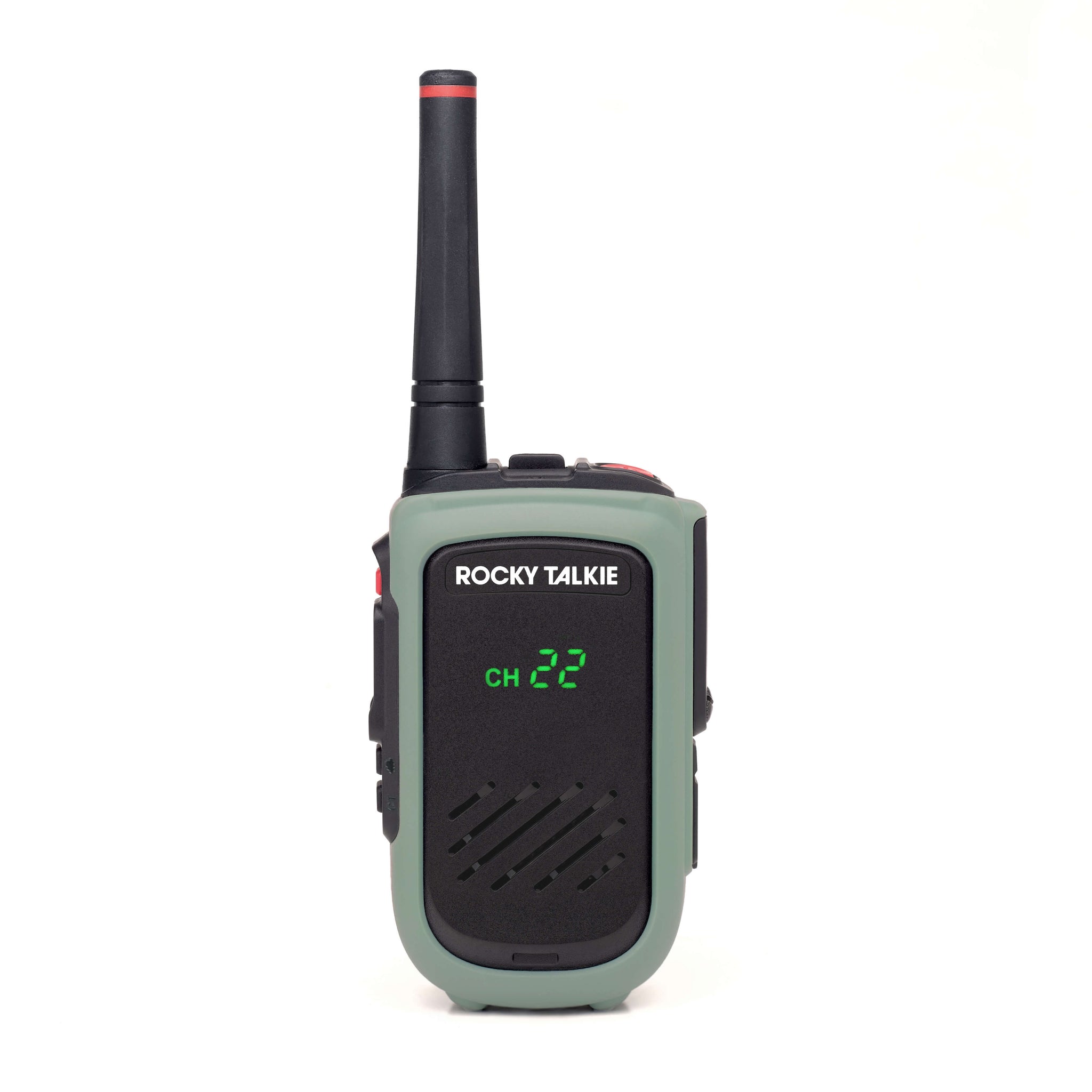
Communication radios have revolutionized the way we connect and transmit information wirelessly. From emergency services to military operations, these devices play a crucial role in ensuring effective communication. In this blog post, we will delve into the intricate workings of communication radios, exploring their key components, transmission methods, and the underlying technology that powers them.
- The Basics of Communication Radios:
- Frequency Bands: Communication radios operate within specific frequency bands, such as VHF (Very High Frequency) and UHF (Ultra High Frequency), which determine their range and signal propagation characteristics.
- Transceivers: A communication radio typically consists of a transceiver, which combines a transmitter and a receiver in a single unit. This allows for two-way communication, enabling users to both send and receive signals.
- Antennas: Antennas are crucial for transmitting and receiving radio signals. They convert electrical signals into electromagnetic waves and vice versa, ensuring efficient communication over the airwaves.
- Transmission Methods:
- Analog vs. Digital: Communication radios can utilize either analog or digital transmission methods. Analog radios modulate the voice or data signal onto a carrier wave, while digital radios convert the signal into binary code for transmission and decoding.
- Modulation Techniques: Various modulation techniques, such as Amplitude Modulation (AM) and Frequency Modulation (FM), are employed to encode the information onto the carrier wave. Each technique has its advantages and is suitable for different applications.
- Communication Protocols:
- Push-to-Talk (PTT): PTT is a common communication protocol used in radios, allowing users to initiate transmissions by pressing a button. This protocol ensures efficient use of radio channels and minimizes interference.
- Trunking Systems: In complex communication networks, trunking systems are employed to manage multiple users and allocate available channels dynamically. These systems optimize channel usage and enhance overall communication efficiency.
- Advanced Features and Technologies:
- Encryption: To ensure secure communication, modern radios often incorporate encryption algorithms that encode the transmitted data. This protects sensitive information from unauthorized access.
- GPS Integration: Many communication radios now come equipped with GPS technology, enabling users to track their location or the location of other users. This feature is particularly valuable in emergency situations or outdoor activities.
- Data Transmission: Apart from voice communication, radios can transmit data, such as text messages or telemetry information. This capability expands their utility in various industries, including public safety and logistics.
Conclusion:
Communication radios are intricate devices that rely on a combination of hardware, software, and advanced technologies to facilitate seamless wireless communication. Understanding the inner workings of these devices is crucial for optimizing their usage and ensuring effective communication in various industries. By exploring the key components, transmission methods, and advanced features of communication radios, we have gained valuable insights into their functionality and potential applications.




